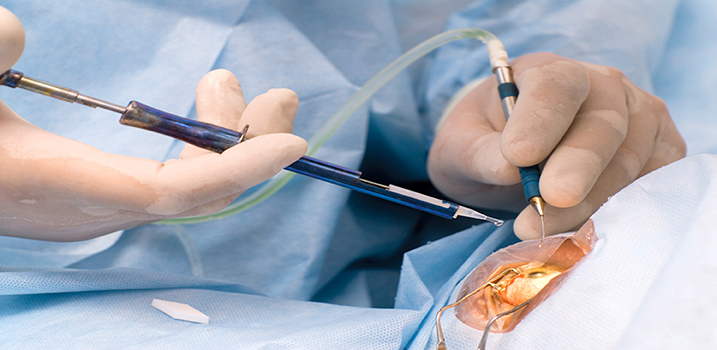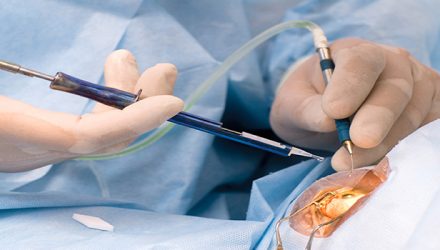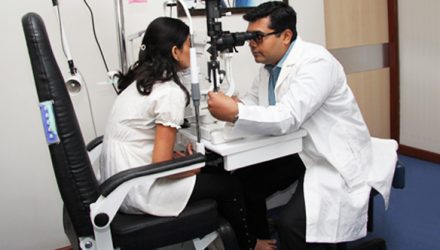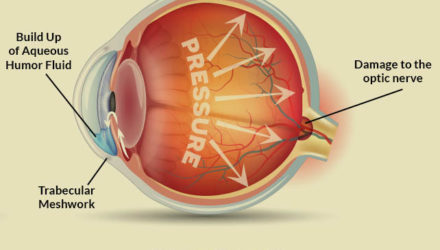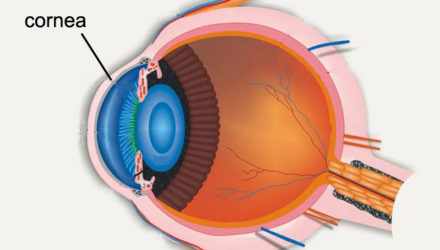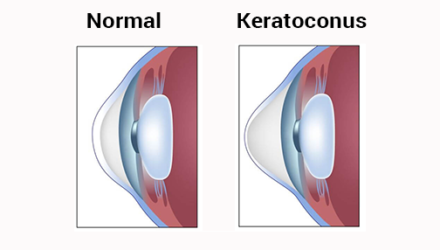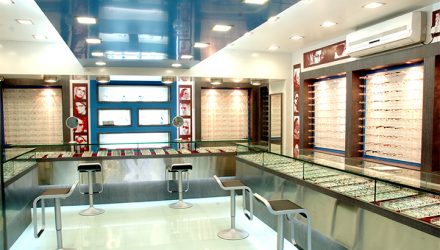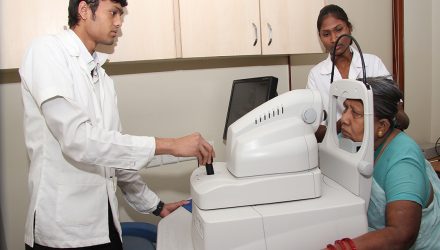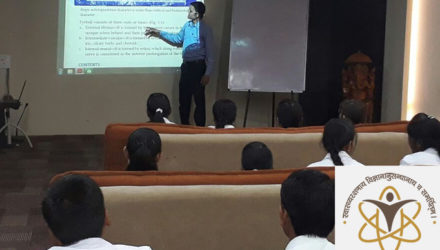Cataract Eye Surgery
Evista Eye Care Centre is a High-tech Eye hospital offering comprehensive eye care facilities with the state-of-the art technology to treat Cataract. The centre situated in Nagpur is one of the best eye hospitals in Central India for undergoing advanced, safest and fastest recovery cataract surgery.
Evista is an icon of dynamic progress in the field of Ophthalmology. The hospital has the distinction of being the First Super specialty Eye hospital in central India to be accredited by the National Accreditation Board for Hospitals & Healthcare providers (NABH), a constituent board of Quality Council of India (QCI) which focuses on patient safety & quality care.
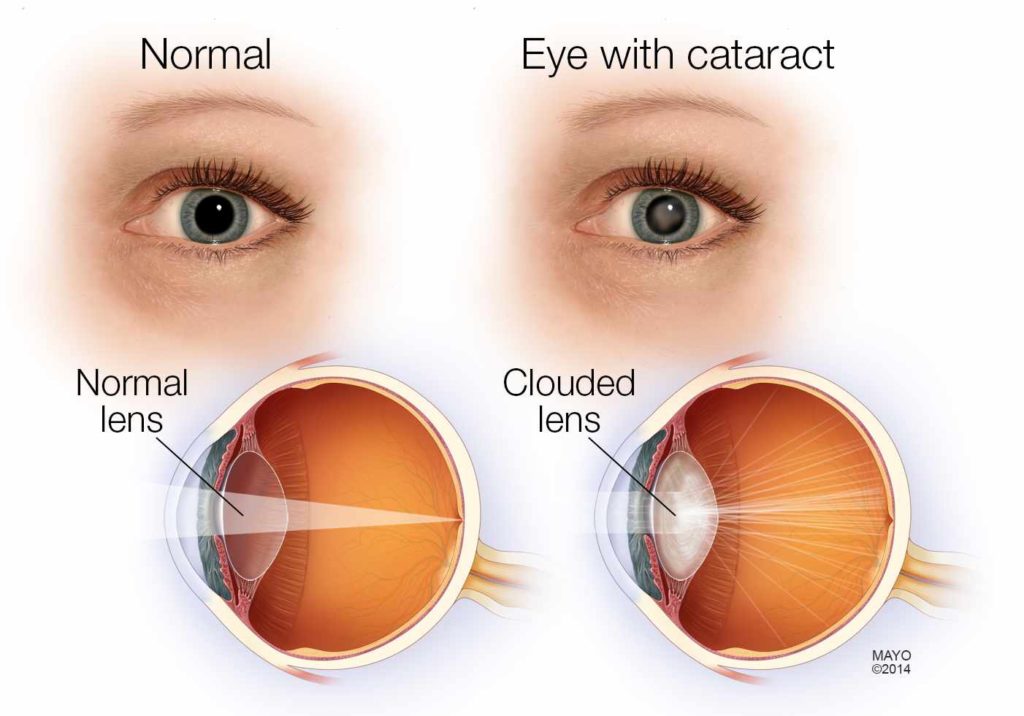
The human crystalline lens, which is clear and transparent is part of the focusing mechanism of the eye. With age, the lens becomes cloudy and opaque, thereby hampering normal vision. Any opacity in the crystalline lens, which leads to decreased vision is cataract.
The early cataractous lens bends light irregularly, so the images formed are blurred and unclear. When opaque, the cataract may cut off light nearly in total, causing blindness (reversible).
Ageing is the most common cause. With age, proteins of the eye lens get altered and opacified leading to cataract. Other causes include congenital and developmental anomalies, trauma, inflammation of the eye, metabolic diseases like Diabetes, Hypothyroidism etc.
Cataract makes simple tasks difficult and in some cases impossible to perform.
This happens on account of :
- Cloudy or Blurred Vision
- Changes in one’s perception of colours
- Sensitivity to bright lamps or sunlight
- Poor night vision
- Difficulty in driving especially at night
- Frequent changes in eye glass prescription
Surgery is the only course of treatment for cataract. There are two options available for cataract surgery :
Conventional Cataract surgery or Extra Capsular Cataract Extraction (SICS/ECCE)
- Injections are given near the eye
- Requires an incision of 7-8 mm
- The cloudy eye lens is removed in one piece
- A hard plastic lens is implanted
- Multiple Stitches are required in ECCE
- Final glass prescription could take even upto 10 weeks
- conventional surgery wound
- Conventional Surgery Wound
- Microincision Cataract Surgery (PHACOEMULSIFICATION)
- Requires a very small incision of 1.5 – 2.8mm
- Cataract Extraction with Phacoemulsification is followed by
- foldable lens implantation
- Walk-in Walk-out procedure
- Stitchless, bloodless, painless surgery
- Chances of infection are very low
- Minimum post surgery precautions
- Quicker healing and recovery
- phacoemulsification Microincision
- Phacoemulsification Microincision
Cataract should be removed as soon as it begins to affect daily activities. With any of the above mentioned symptoms setting in, it is the right time to go for Cataract removal.
DO NOT WAIT FOR THE CATARACT TO GET MATURE as unnecessary delay can lead to avoidable complications and more difficult surgery.
Cataract surgery can be undertaken successfully in any season. Summer or rainy season have absolutely no effect on the outcome of the cataract surgery
- With phacoemulsification and implantation of foldable Intra Ocular Lens (IOL), treatment of cataract has become very simple and sophisticated
- The procedure is safe, accurate and leads to rapid recovery. Thus phacoemulsification with foldable lens implant is the most recommended treatment for cataract
- In Phacoemulsification, ultrasound power is used to break the hard cataract into minute pieces, which are then sucked out through a small 1.5-2.8mm incision.
- A foldable lens (IOL) of the required power is then implanted. The soft construction allows the lens implant to be folded for insertion through a 1.5 to 2.8mm micro incision.
- Once in place, the lens unfolds to its regular size of 6 mm.
- It allows for a injectionless, stitchless, painless, no bandage surgery
- Drops of local anaesthetic agent are used instead of an injection in the eye, thus leading to a walk-in walk out procedure
- Early visual rehabilitation for the patient
- Minimum curvatural changes occur in the eye following surgery
- Post surgery, the wound is very secure
- Final glasses can be prescribed within two weeks
In some cases, the patient is able to see almost immediately following the surgery, although most patients experience clear vision after one or two days.
- You may need to wear glasses only to fine -tune your vision. These spectacles have normal lenses unlike thick lenses used in the past.
- If unifocal IOL is used, near vision glasses are almost always required.
There are absolutely no diet restrictions after Phaco and you can continue with your normal diet. However, diet regulation advised for other diseases like Diabetes, High blood pressure, etc must continue.
Yes, you may have micro incision Phaco Surgery on your “Second Eye” provided there is no specific contraindication for Phaco.
- With the advanced technique of the cataract surgery, removal of the cataract takes just about 2 minutes and the entire procedure would take about 5-8 minutes.
- All procedures are done with advanced operating microscopes & world class Phacoemulsification machines.
- The latest multifocal IOLs are designed to provide good distance vision, intermediate and near vision
- They reduce the patient’s dependency on glasses for routine activities. Unlike conventional IOL it has multiple zones of different focal lengths that bring everything from near to far into clear focus
- These lenses can be used only for suitable patients



